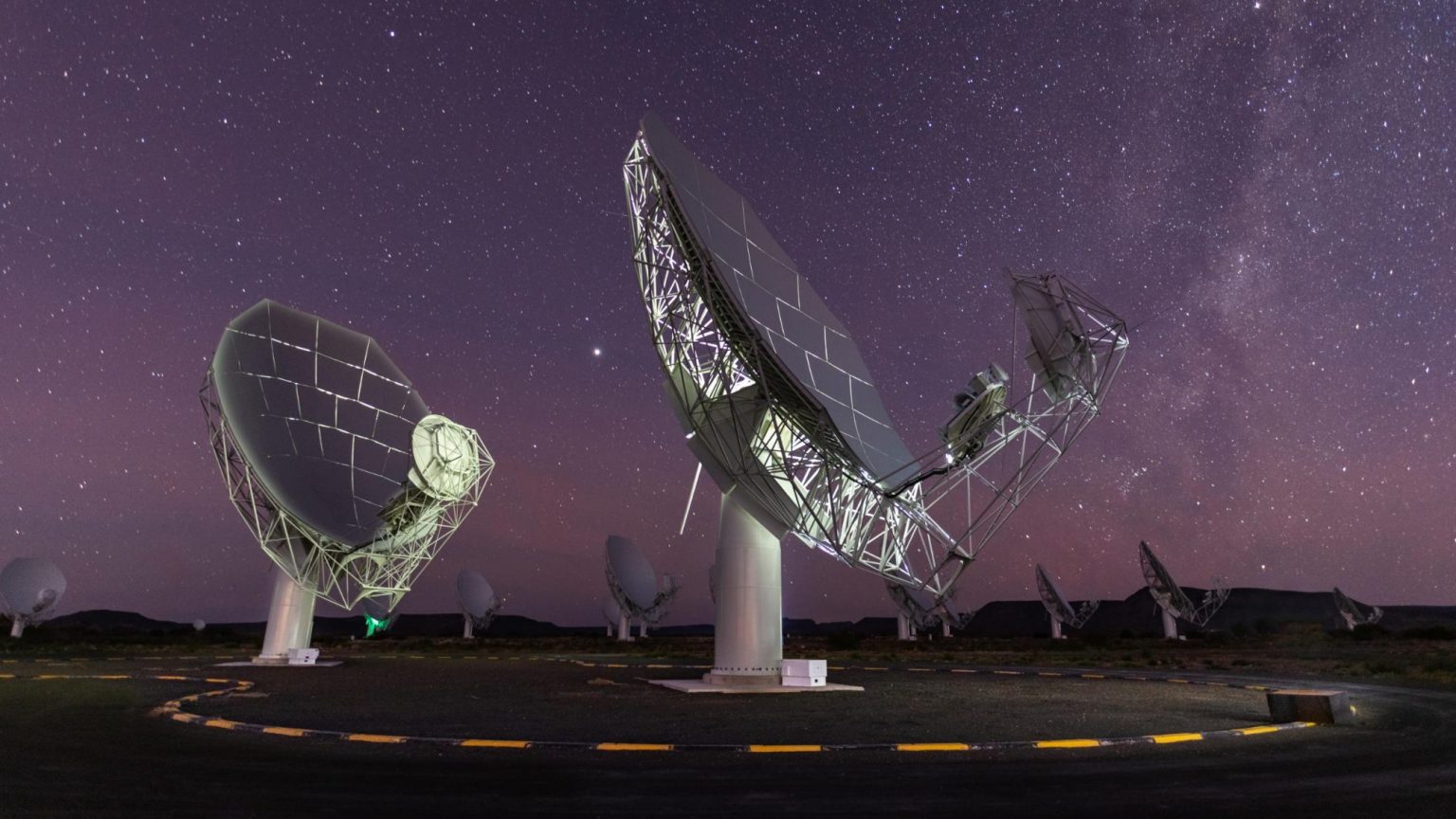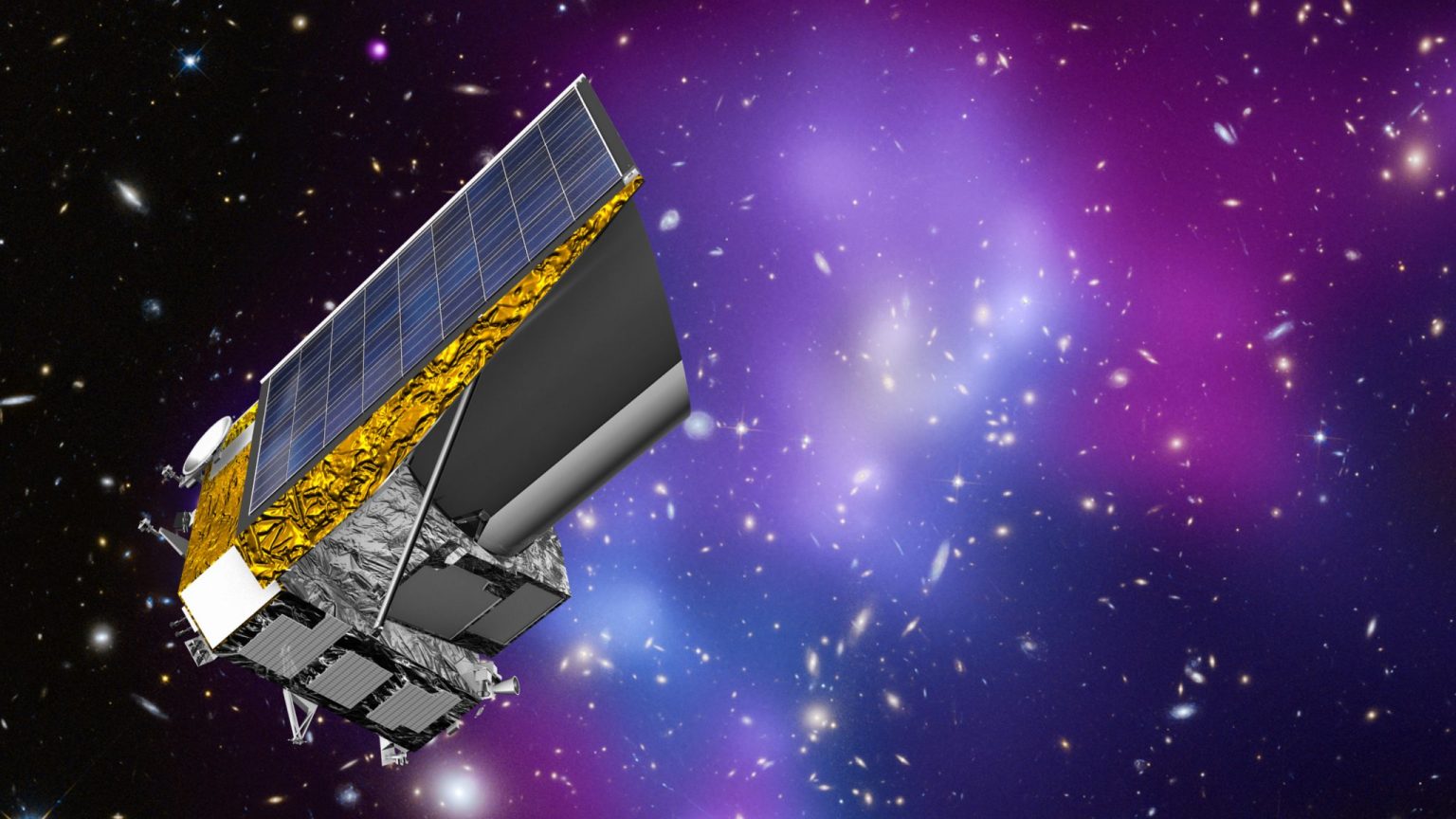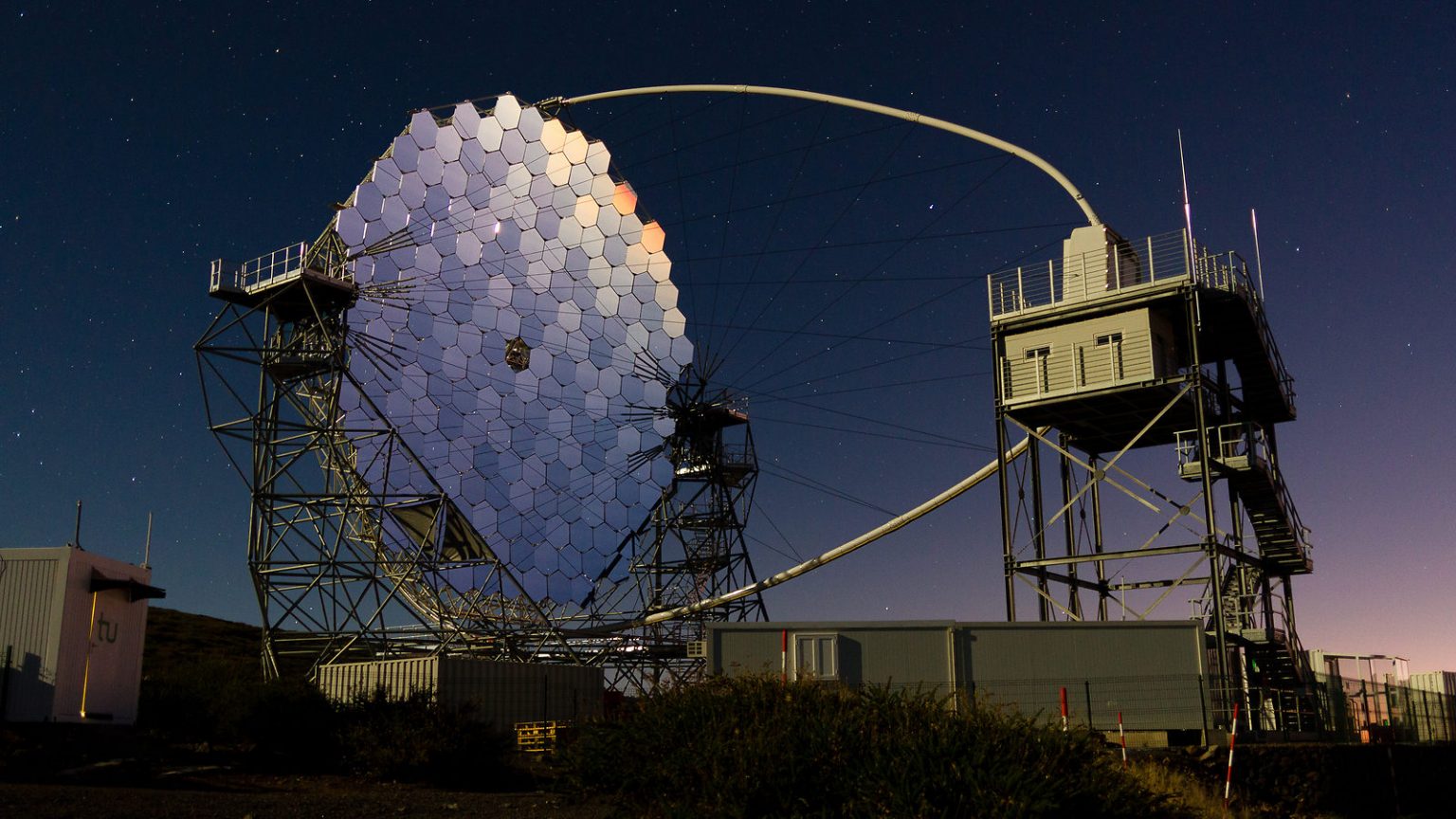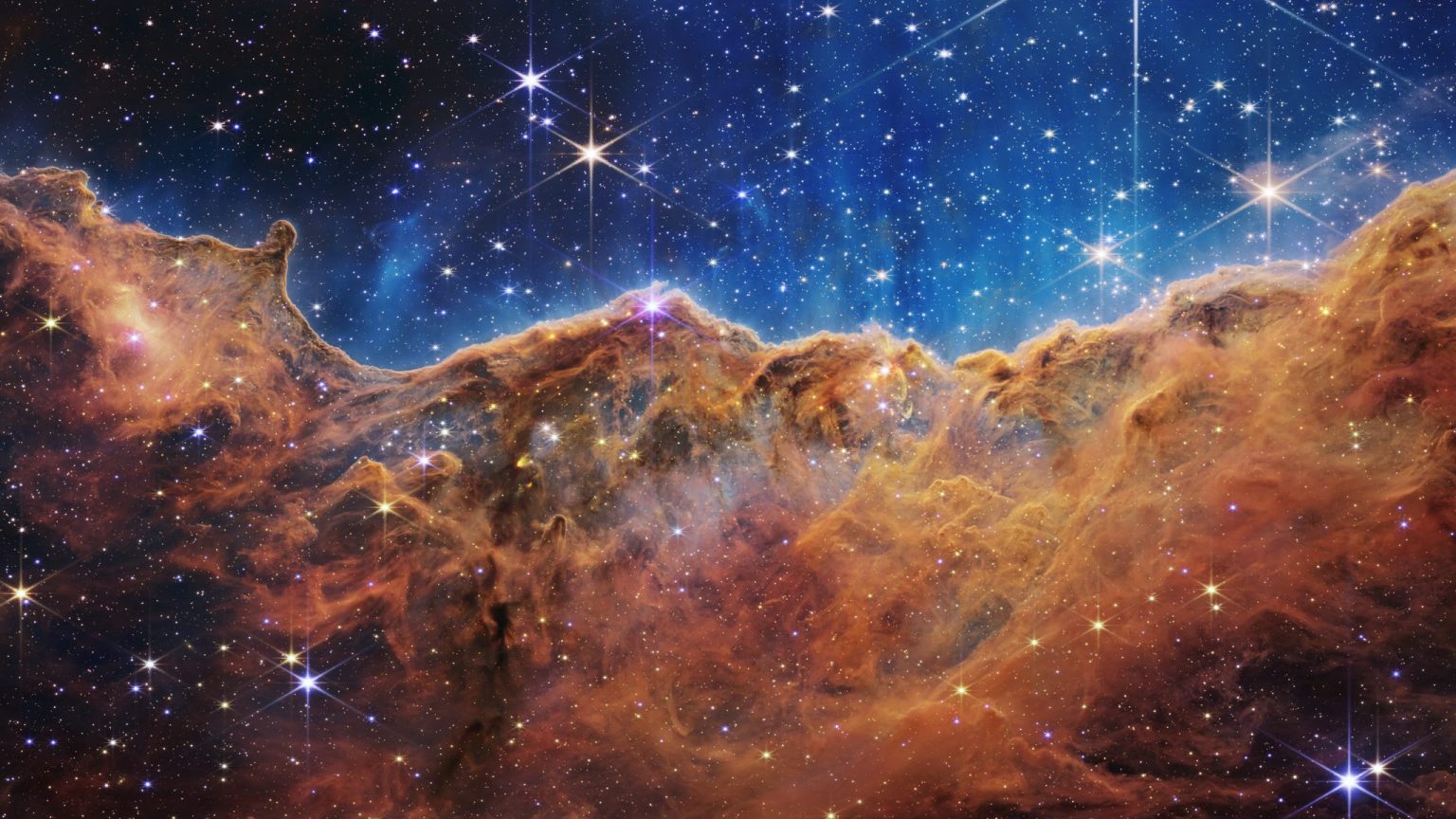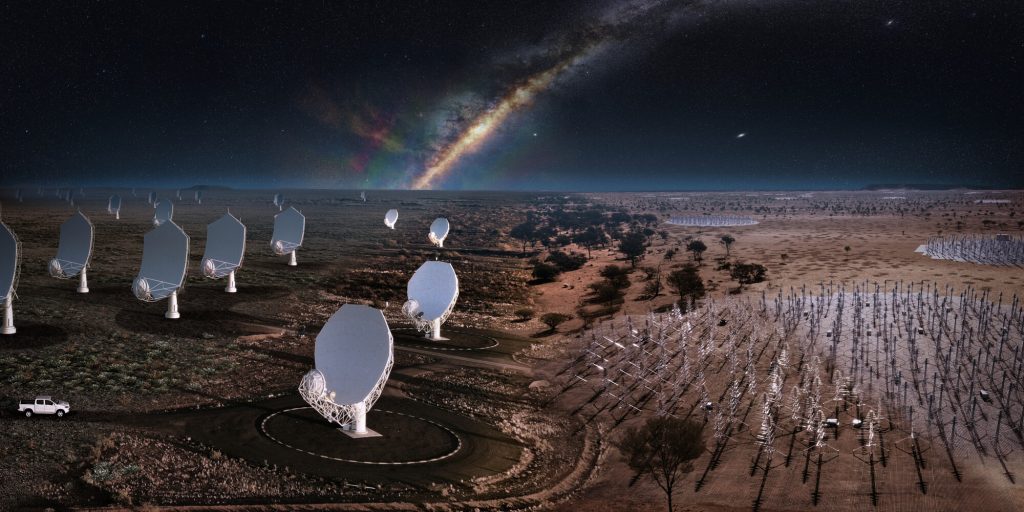
The Square Kilometer Array Observatory (SKAO) is a next-generation radio telescope being built in Australia and South Africa. The SKAO will provide unprecedented resolution, sensitivity, and survey speed. The scale of this telescope represents a giant leap forward, both in terms of technology and computing, allowing scientists to observe and measure the universe in unprecedented detail.
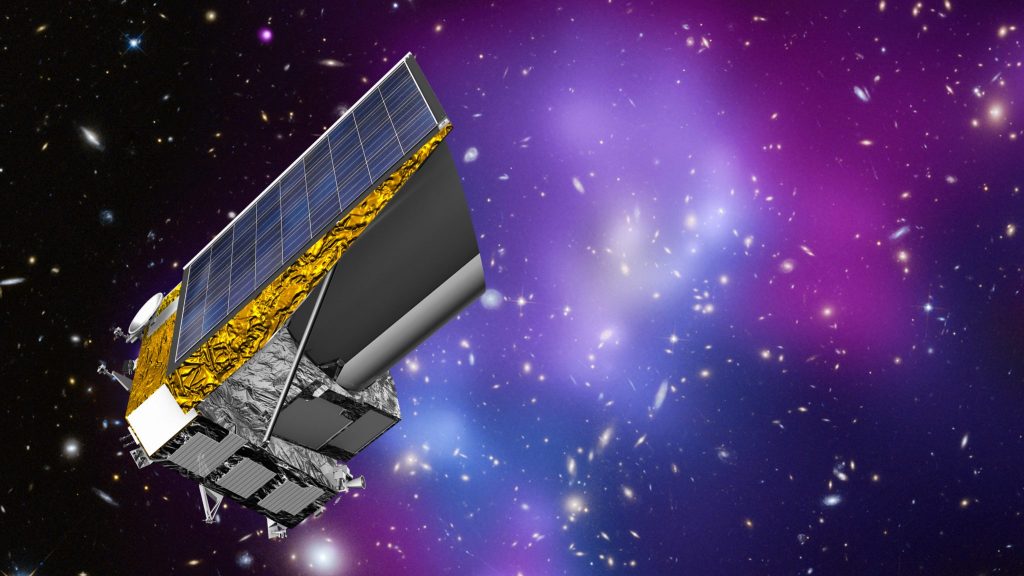
The Swiss Space Office, EPFL, the University of Geneva, the University of Zurich, the University of Applied Sciences and Arts Northwestern Switzerland, and Brugg HET are strongly involved in the design of the Euclid space telescope mission (a study of the accelerating expansion of the universe), that has been selected by ESA (European Space Agency) in the framework of the “Cosmic Vision” program. This mission is scheduled to be launched in 2022.
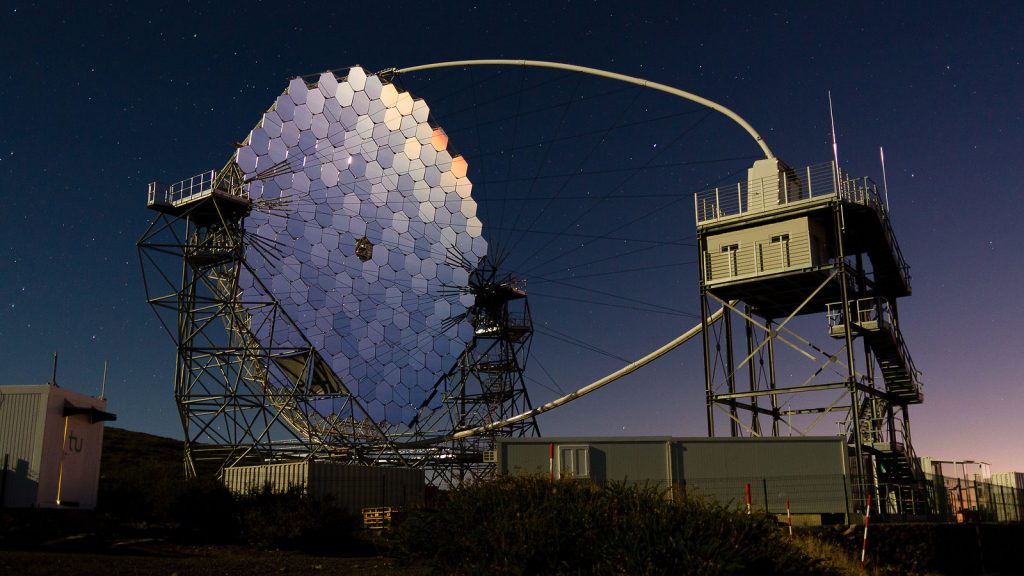
The Cherenkov Telescope Array (CTA) is the next generation ground-based observatory for gamma-ray astronomy at very-high energies. With more than 100 telescopes located in the northern and southern hemispheres, CTA will be the world’s largest and most sensitive high-energy gamma-ray observatory.
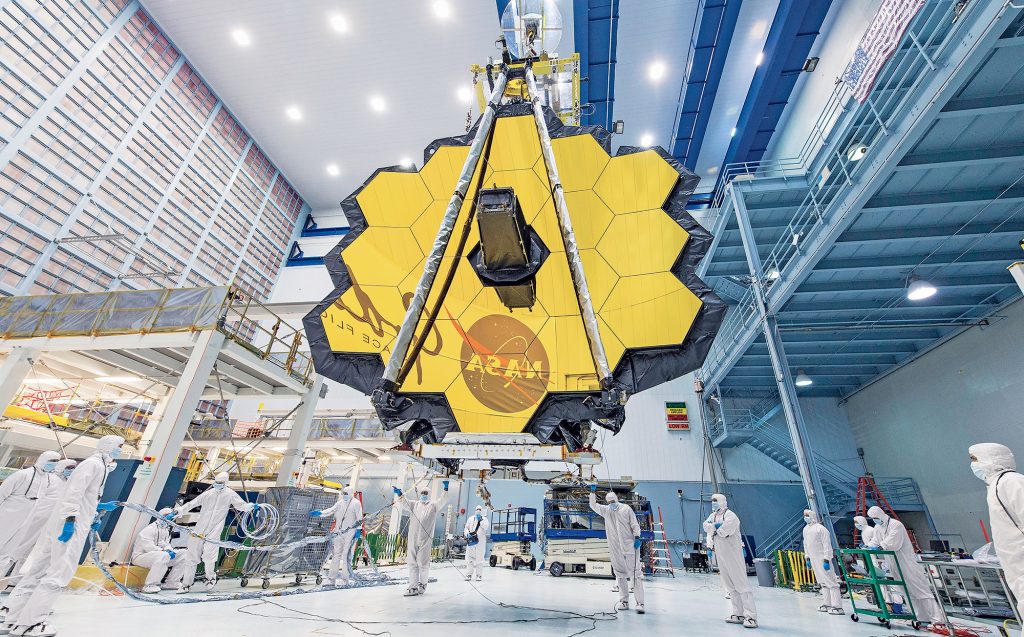
The JWST is the premier observatory of the next decade, serving thousands of astronomers worldwide. It will study every phase in the history of our Universe, ranging from the first luminous glows after the Big Bang, to the formation of solar systems capable of supporting life on planets like Earth, to the evolution of our own Solar System.
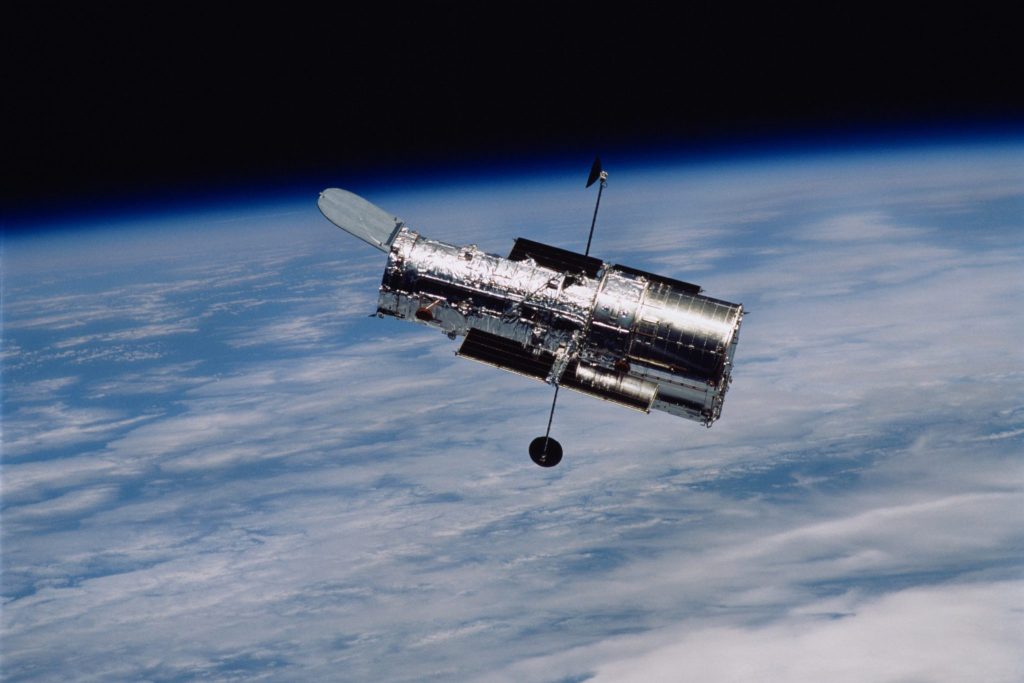
On April 24, 1990, the space shuttle Discovery lifted off from Earth with the Hubble Space Telescope nestled securely in its payload bay. The following day, Hubble was released into space, ready to peer into the vast unknown. Since then, Hubble has reinvigorated and reshaped our perception of the cosmos and uncovered a universe of unexpected wonders. Hubble has revealed properties of space and time that for most of human history were only probed in the imaginations of scientists and philosophers. Today, Hubble continues to provide views of cosmic wonders never before seen and is at the forefront of many new discoveries.
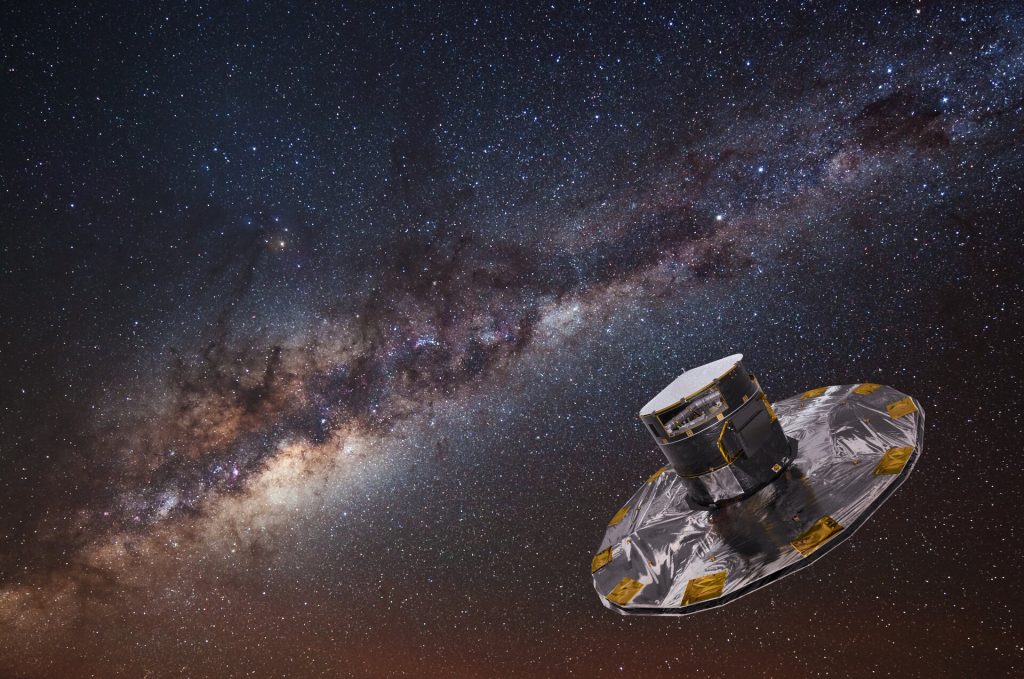
Gaia is creating an extraordinarily precise three-dimensional map of more than a thousand million stars throughout our Milky Way galaxy and beyond, mapping their motions, luminosity, temperature and composition. This huge stellar census will provide the data needed to tackle an enormous range of important questions related to the origin, structure and evolutionary history of our galaxy.

Euclid is designed to explore the evolution of the dark Universe. It will make a 3D-map of the Universe (with time as the third dimension) by observing billions of galaxies out to 10 billion light-years, across more than a third of the sky. By observing the Universe evolving over the past 10 billion years, Euclid will reveal how it has expanded and how structure has formed over cosmic history – and from this, astronomers can infer the properties of dark energy, dark matter and gravity, to reveal more about their precise nature.
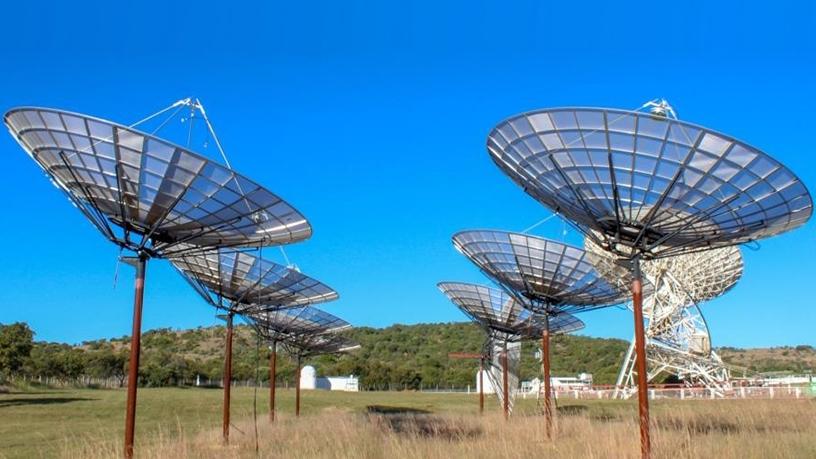
HIRAX will be an interferometer that comprises roughly 1000 six-meter dishes placed in a close-packed, redundant configuration, and will be deployed at the SKA site in the Karoo desert in South Africa. The operating frequency of 400-800 MHz corresponds to a redshift range of 0.8 to 2.5. The dishes will be stationary and will have a 5-10 degree field of view, and the dishes will be periodically repointed in elevation in order to build up coverage of the southern sky.
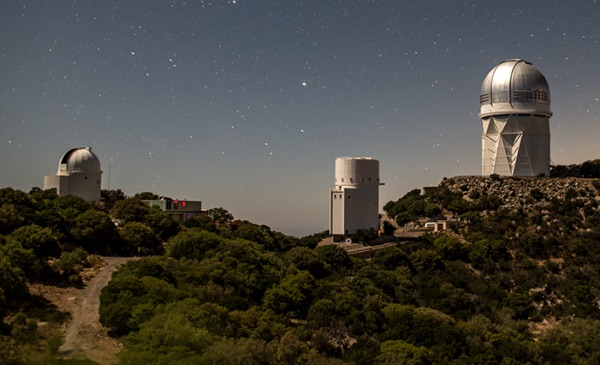
The Dark Energy Spectroscopic Instrument (DESI) will measure the effect of dark energy on the expansion of the universe. It will obtain optical spectra for tens of millions of galaxies and quasars, constructing a 3D map spanning the nearby universe to 11 billion light years. The DESI Survey is being conducted on the Mayall 4-meter telescope at Kitt Peak National Observatory. DESI is supported by the Department of Energy Office of Science to perform this Stage IV dark energy measurement using baryon acoustic oscillations and other techniques that rely on spectroscopic measurements.
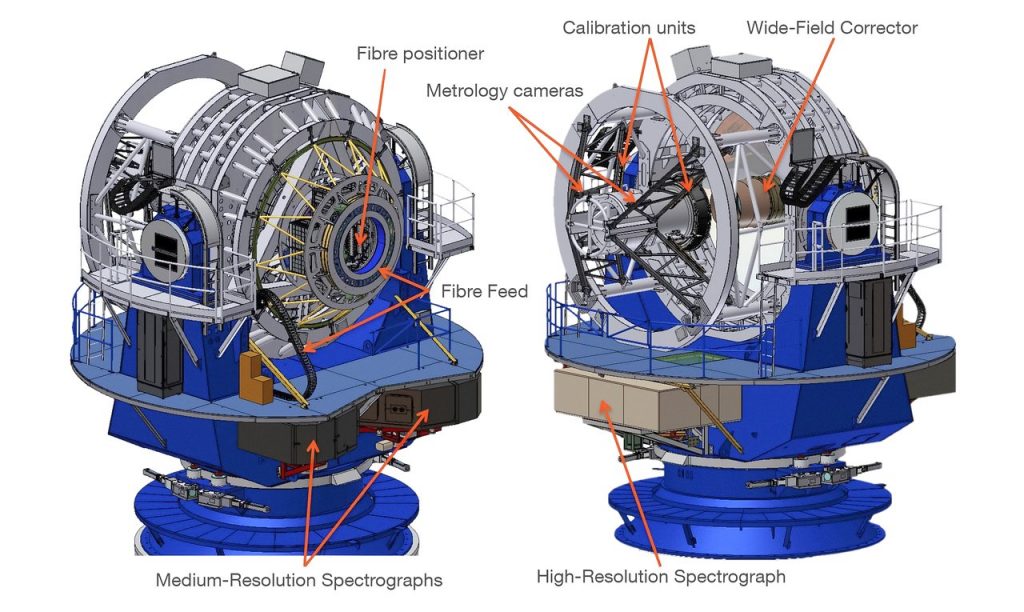
4MOST will be a fibre-fed spectroscopic facility on the VISTA telescope with a large field-of-view to survey a significant fraction of the southern sky in a few years. 4MOST will have a high multiplex being able to simulataneously obtain spectra for ~2400 objects.
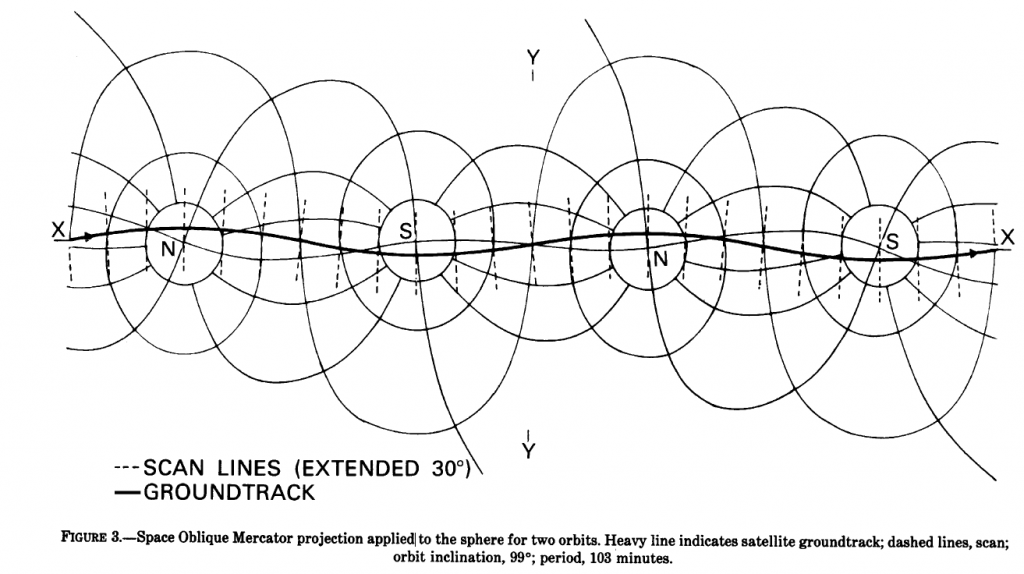
To continually map the Earth’s surface using Landsat data, an entirely new projection had to be created. This new projection was created by John Parr Snyder and is known as the Space Oblique Mercator (SOM) projection. This projection has been referred to as, “one of the most complex projections ever devised” by Library of Congress cartographic historian, John W. Hessler.
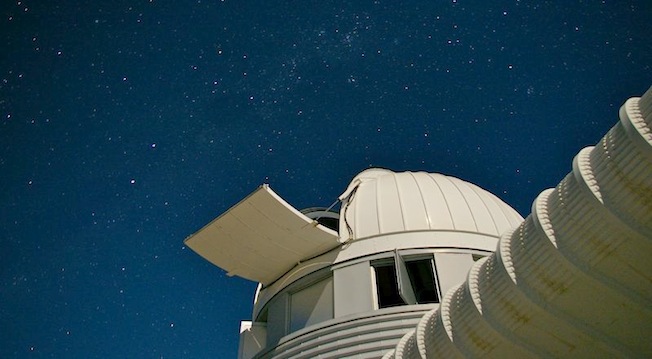
COSMOGRAIL is the COSmological MOnitoring of GRAvItational Lenses. Our project is aimed at measuring time delays for most known lensed quasars, from optical light curves obtained with small but (almost) dedicated telescopes in the northern and southern hemispheres.

The need for an independent measurement of the Hubble constant within 2% is now vital to rule out the possibility of systematic errors, and to verify this tension as real and unexplained by our current models of cosmology. This is the goal of COSMICLENS, using the time-delay method in gravitationally lensed quasars to measure the Hubble constant.
